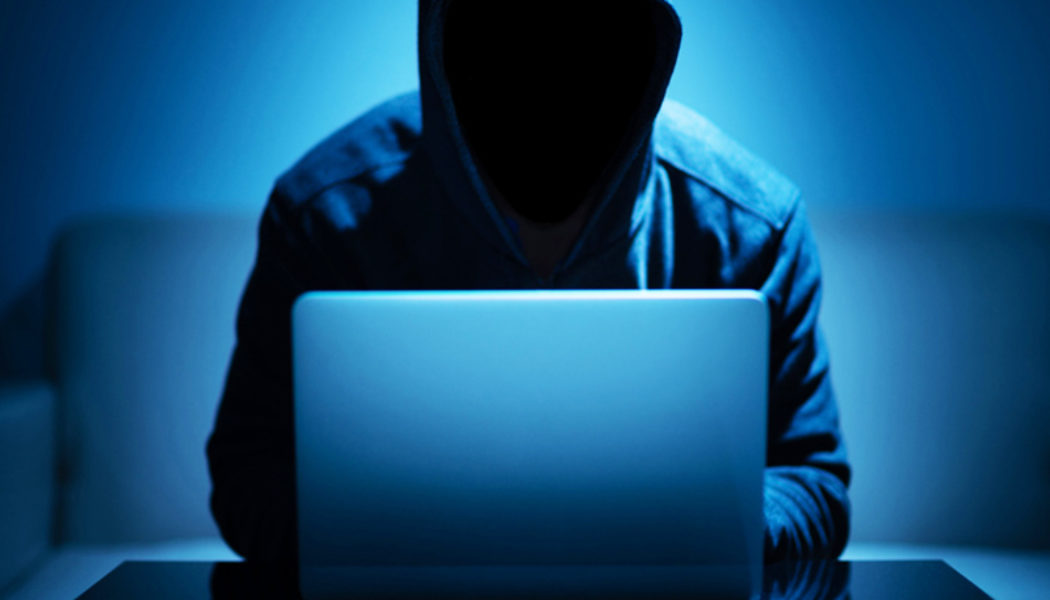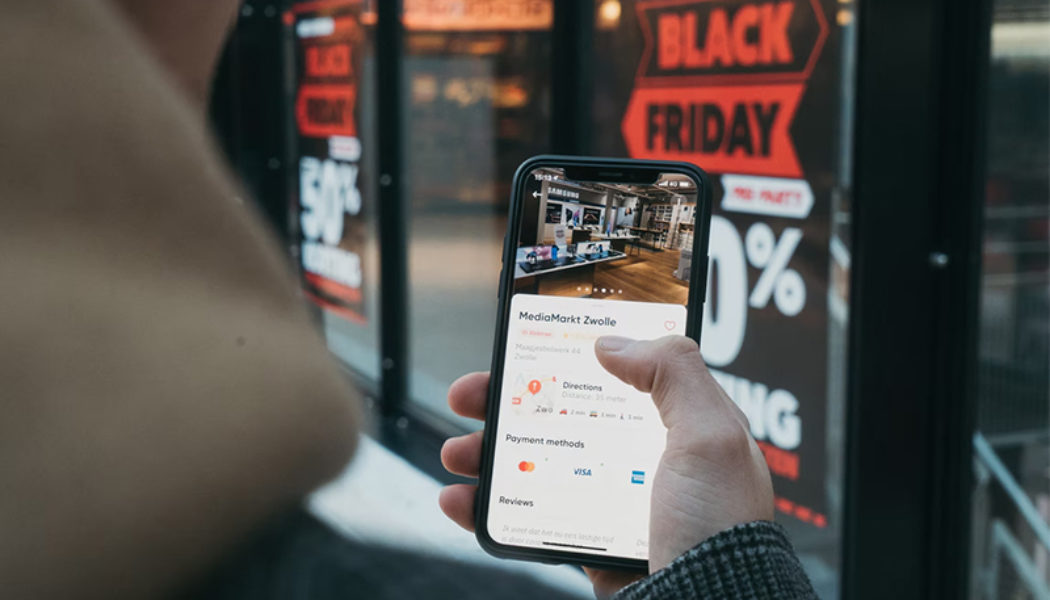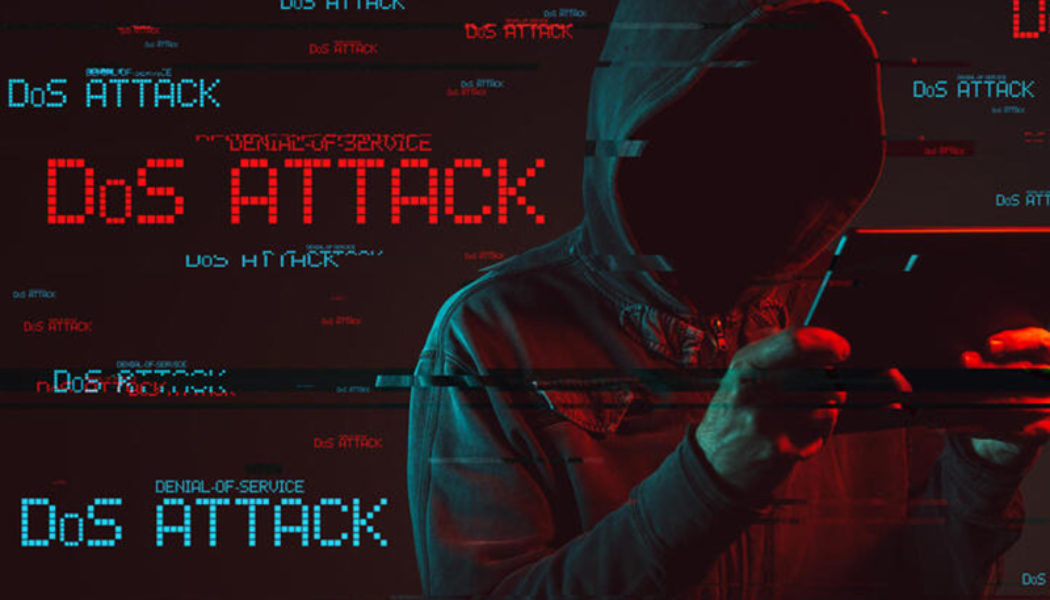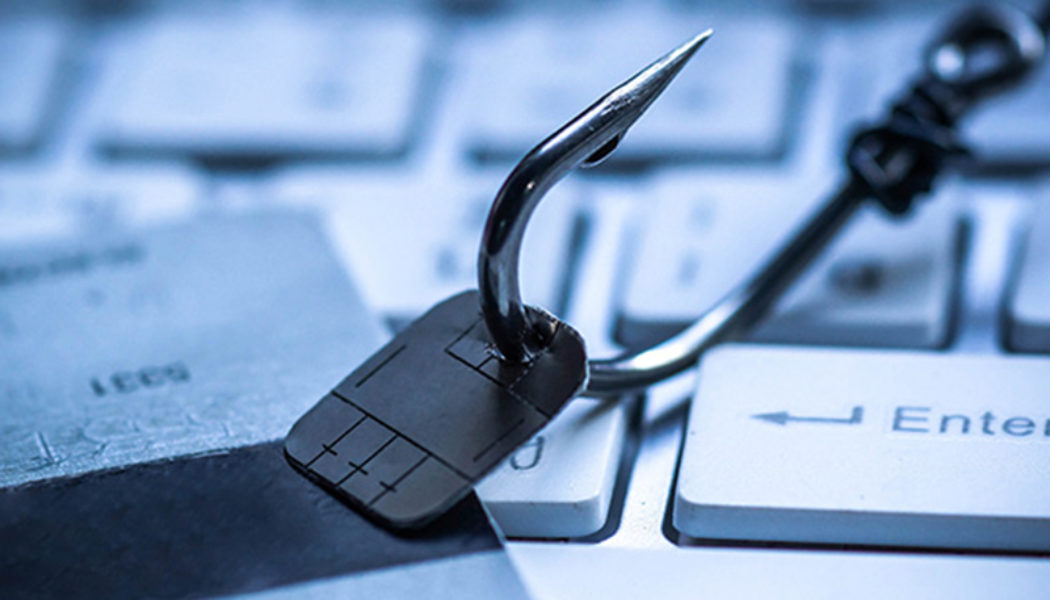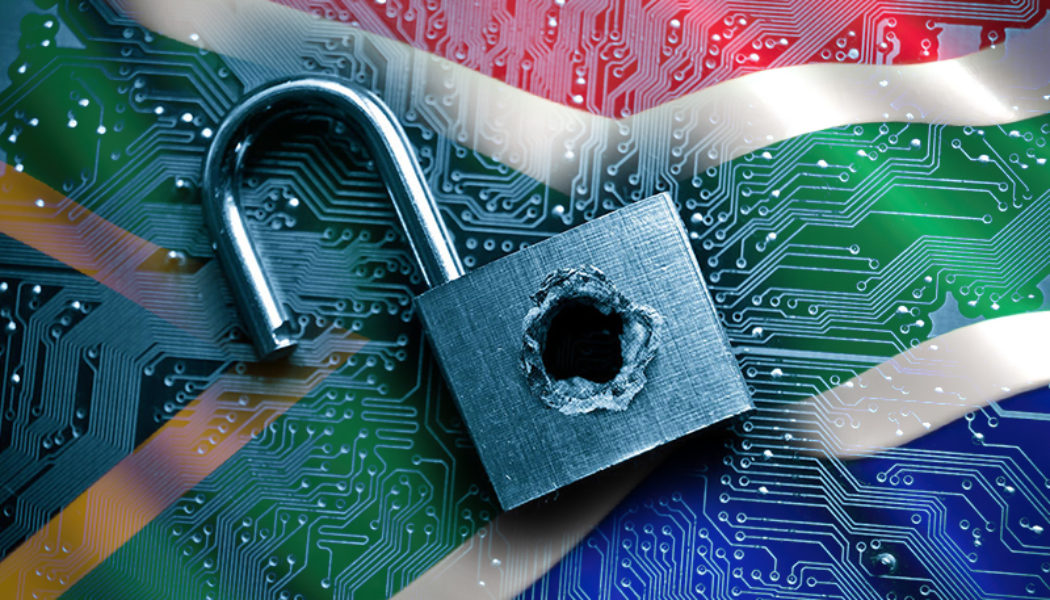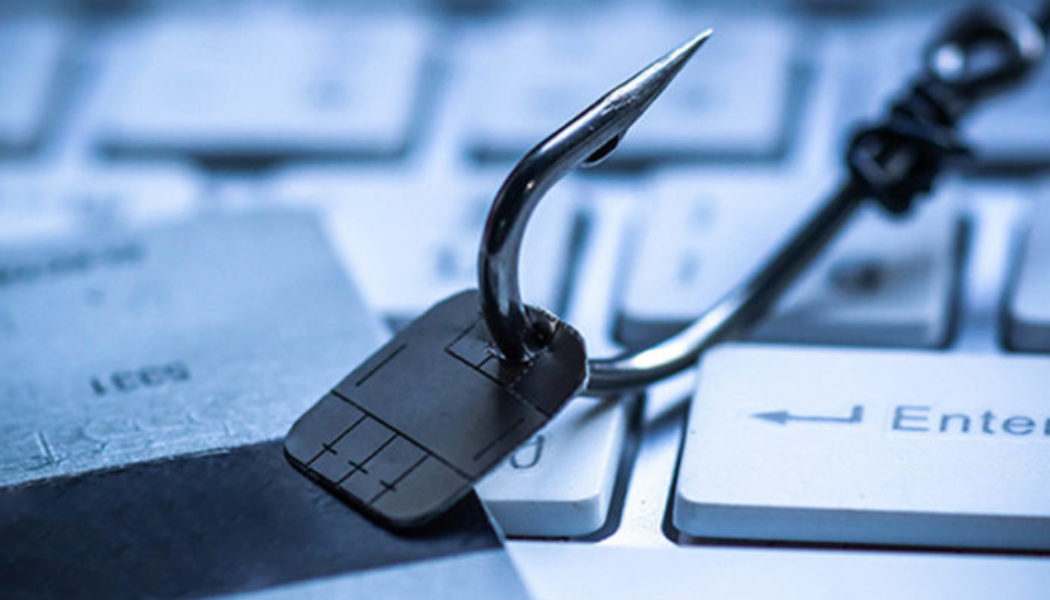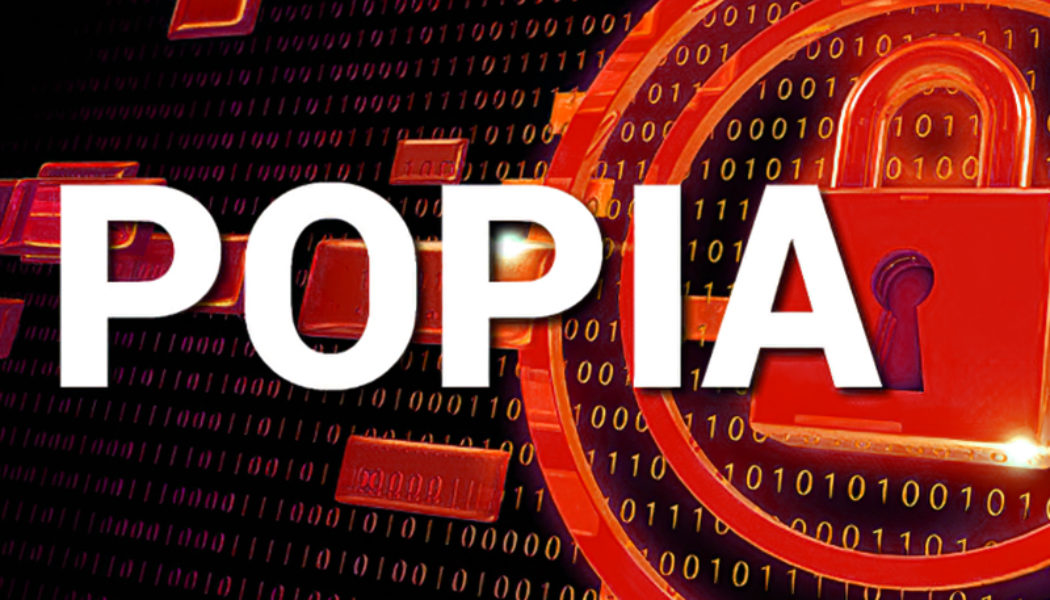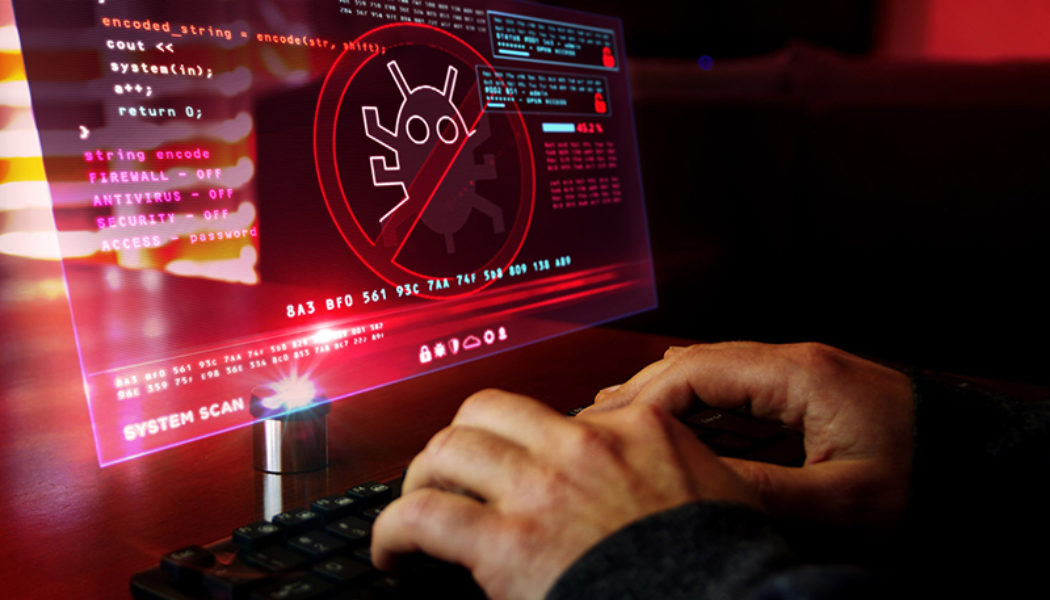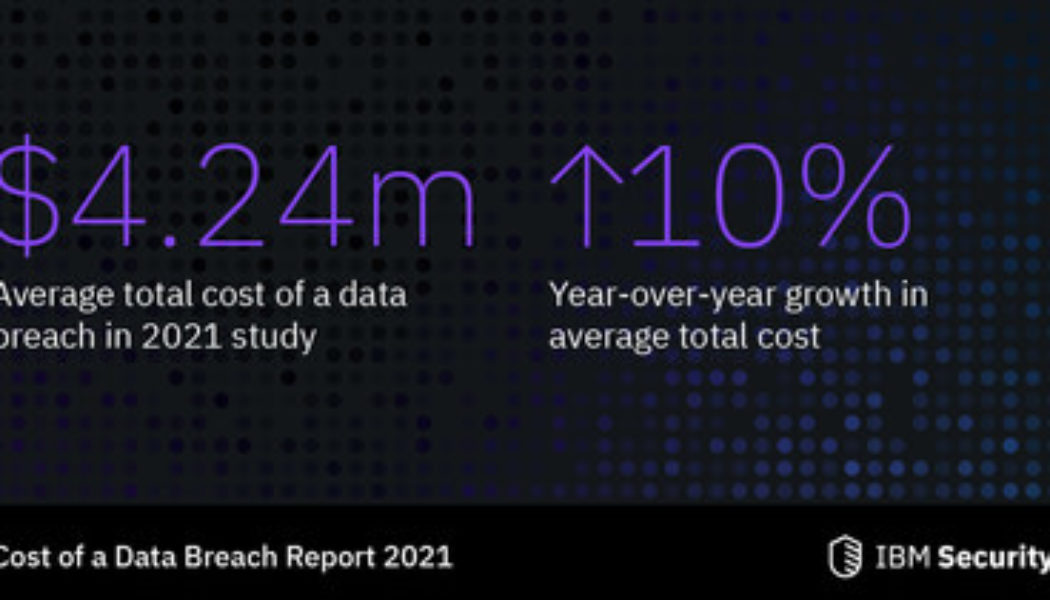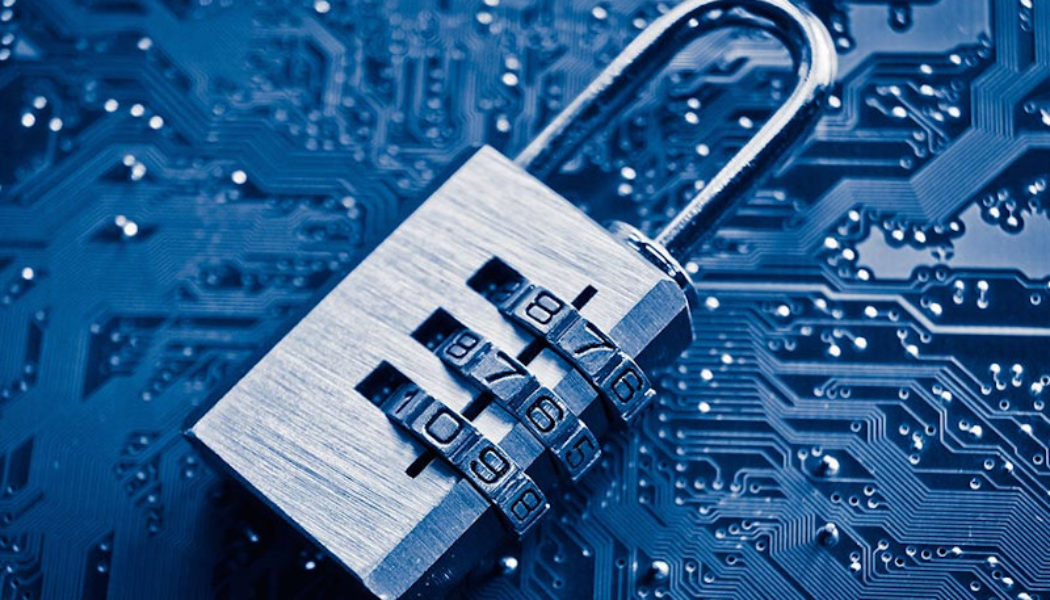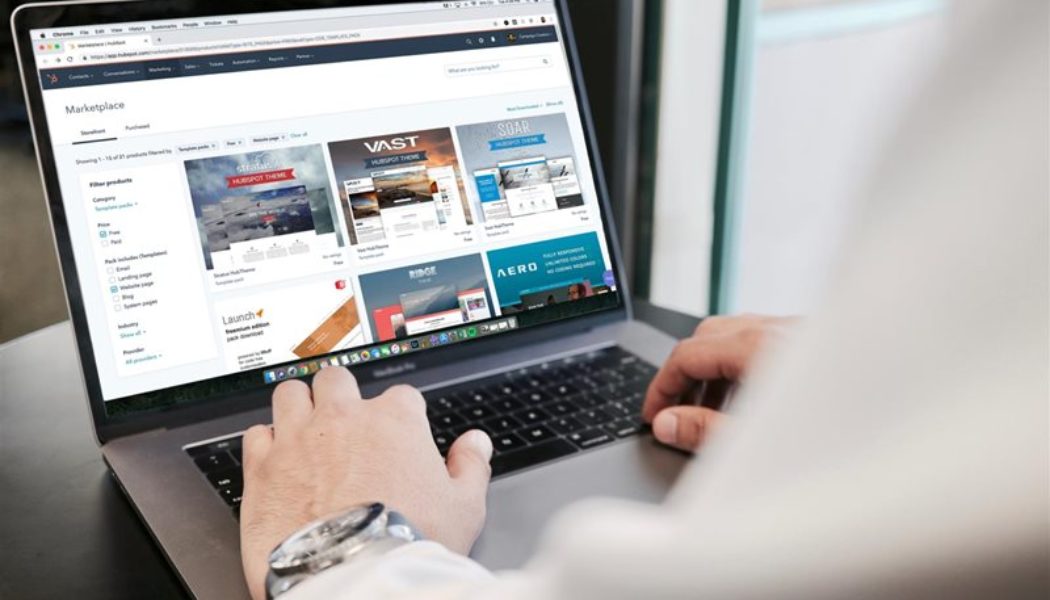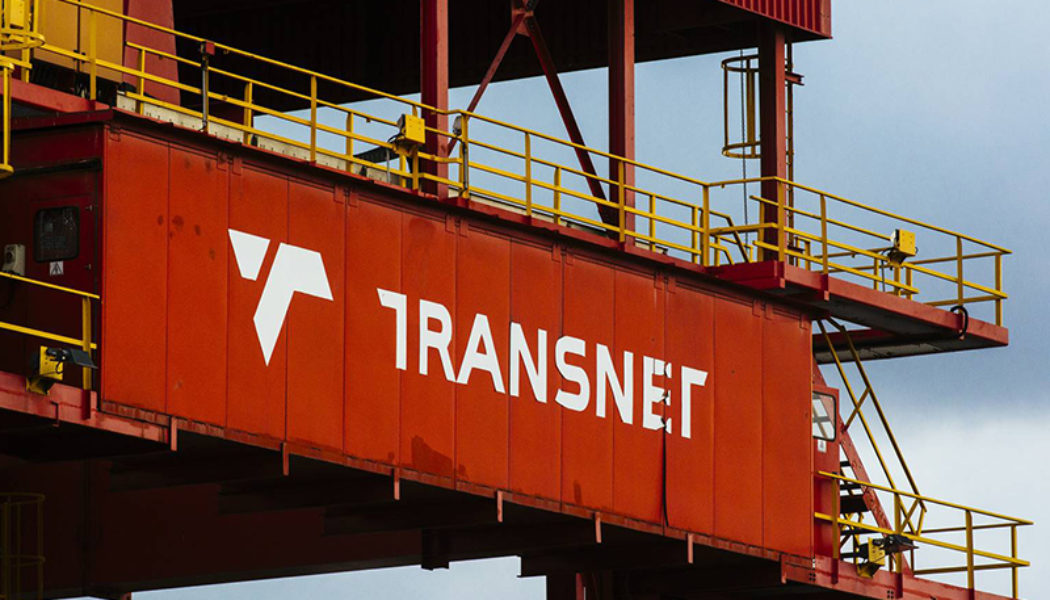Cybersecurity South Africa
The Most Vulnerable IoT Devices: Think Before You Buy This Black Friday
With the shopping season approaching, it’s likely that internet-connected gadgets and toys will be a popular item on many users’ wish lists, as more than 88% of people use IoT (Internet of Things) devices in their households. However, cybersecurity experts warn: Internet of Things devices can quickly go from fun to creepy, depending on how hackable they are. “Enormous Black Friday discounts can rush customers into buying some very questionable gadgets. However, Internet of Things devices is widely known among experts for low-security measures they usually have installed. There is a joke going around: ‘The S in IoT stands for security’. So, it’s best to think before bringing any new IoT device to your household, as it can easily compromise the whole network,” says digital security expert at...
NETSCOUT: The Long Tail of Adversary Innovation
Image sourced from Shutterstock. NETSCOUT’s ATLAS Security Engineering and Response Team (ASERT) observed a record-setting 5.4 million attacks in the first half of 2021, further confirmation that their “up and to the right” mantra would continue to hold true. As the findings from the 1H 2021 NETSCOUT Threat Intelligence Report show, the ongoing surge in DDoS activity is just one aspect of the dramatic global impact cyberattacks continue to have on private and public entities. “Cybercriminals are making front-page news launching an unprecedented number of DDoS attacks to take advantage of the pandemic’s remote work shift by undermining vital components of the connectivity supply chain,” stated Richard Hummel, threat intelligence lead, NETSCOUT. “Ransomware gangs added triple-extortion ...
Is South Africa a Playground for Cybercriminals?
The Attacks From All Angles 2021 Mid-year Cybersecurity Report by Trend Micro highlighted a 47% year-on-year increase in email threats as well as malicious files and URLs in the first quarter of 2021 globally. South Africa’s technology landscape is almost identical to that of other countries, which has seen black hat hackers using it as a testing ground for cybersecurity attacks before these are launched on their intended end-users. Ransomware Remains the Prime Threat Globally, ransomware remained the standout threat in the first half of the year. The pandemic has highlighted how easy it is to buy ransomware as a service (Raas) on the dark web. Africa accounted for 1.7% of these attacks, with 1.05% being targeted at South Africa. Our findings show that locally, South Africa was in the top ...
Most SAns Would Stop Trusting Brands Involved in Phishing Attacks – Survey
Image sourced from Kaspersky. According to the global Brand Trust survey by cybersecurity company Mimecast, almost three-quarters (74%) of South African consumers would stop buying from a brand if they fell victim to a phishing attack involving that brand, with 93% of South African consumers expecting their favourite brands to ensure their services, such as websites, emails and other communication, are safe to use. Heino Gevers, cybersecurity expert at Mimecast, says brands need to do more to protect their customers from cybercriminals. “South Africans are incredibly trusting with 69% of consumers not hesitating to open an email from brands they use regularly, and 56% readily clicking on links from their favourite brands. However, with cyber threats- including impersonation attacks and phi...
Malware Attacks in Africa Reach 85-Million in 6 Months – Kaspersky
Image sourced from Sectigo. According to research performed by cybersecurity firm Kaspersky, malware is rife across Africa with various countries exhibiting strong growth in all malware types in the first half of 2021 when compared to the same period last year. This is a 5% increase in the region, as cybercriminals and hackers continue to focus on African countries considering digital transformation advancements and the increase in remote working resulting from the COVID-19 pandemic. Overall, 4 countries account for 85 million attacks, with South Africa being the most targeted (32-million attacks), followed by Kenya (28.3-million), Nigeria (16.7-million) and Ethiopia (8-million). All countries but Kenya saw the relative growth of all malware attacks. Ethiopia and Nigeria have seen an incre...
Cybersecurity Should Be a Top Priority for Africa’s Digital Transformation
Sourced from Travellers Cloud adoption in South Africa and many other African countries is accelerating, helped along by the COVID-19 workplace disruption, and the need to reduce costs, manage risk and scale, and become more competitive. There are many drivers behind digital transformation strategies and many decisions that need to be made, such as which public cloud to consume. However, this should be less urgent than addressing security concerns. As we continue to work with organisations in different industries spread across our diverse continent, cybersecurity and cyber risk are increasingly important considerations for the C-suite. Against the backdrop of high-profile security breaches and ransomware, addressing security weaknesses are a key part of the success of digital transformatio...
